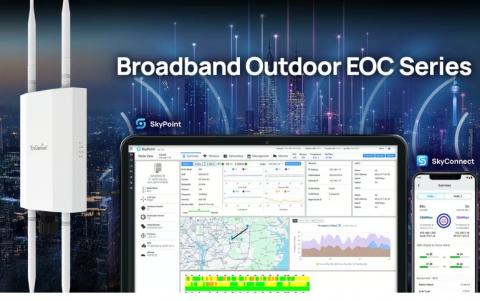
GPU Power a Mandatory For HD Video Transcoding
Let's say that we have managed to get a video stored in our PC hard disk and we do own a WUXGA monitor attached to our high-end PC graphics card through secure digital HDMI interface and capable of displaying video resolutions of up to 1920 x 1200. Is it enough in order to playback or transcode our family videos?
The answer heavily depends on our CPU, GPU and software we will use to do the job. Speaking about the future HD video, we cannot stick upon the MPEG 2 format only. The VC-1/H.264 format is an essential for delivering relatively low-sized true HD content without compromising quality. The disadvantages however of the H.264 format is that it requires significantly higher computational resources compared to the MPEG 2.
In case of decoding (play back) of an HD VC-1/H.264 video, our software decoder should run on a Pentium D 3.2GHz or above and our GPU should also contribute to the decoding.
As far as it concerns the encoding (transcoding) of our MPEG HD stream by H.264, only hardware encoder can handle it, and it would be a burden for PC.
Both ATI and NVIDIA have showcased play back of HD video content (MPEG 2) on powerful PC platforms, and the CPU utilization was less than 40%, according to the companies. But they have not shown any results when transcoding an HD MPEG 2 video to H.264.
With GPU accelerated transcoding an essential, we should expect that Nero, Microsoft, Apple, Cyberlink, Adobe, and every other manufacturer of video transcoding/encoding software should be figuring out how it can add that "GPU acceleration" checkbox to its application anytime soon. On the other hand, dual-core and multithreading CPU technologies should become more affordable for the user, as well as the powerful GPUs from ATi and NVIDIA.
In case of decoding (play back) of an HD VC-1/H.264 video, our software decoder should run on a Pentium D 3.2GHz or above and our GPU should also contribute to the decoding.
As far as it concerns the encoding (transcoding) of our MPEG HD stream by H.264, only hardware encoder can handle it, and it would be a burden for PC.
Both ATI and NVIDIA have showcased play back of HD video content (MPEG 2) on powerful PC platforms, and the CPU utilization was less than 40%, according to the companies. But they have not shown any results when transcoding an HD MPEG 2 video to H.264.
With GPU accelerated transcoding an essential, we should expect that Nero, Microsoft, Apple, Cyberlink, Adobe, and every other manufacturer of video transcoding/encoding software should be figuring out how it can add that "GPU acceleration" checkbox to its application anytime soon. On the other hand, dual-core and multithreading CPU technologies should become more affordable for the user, as well as the powerful GPUs from ATi and NVIDIA.













